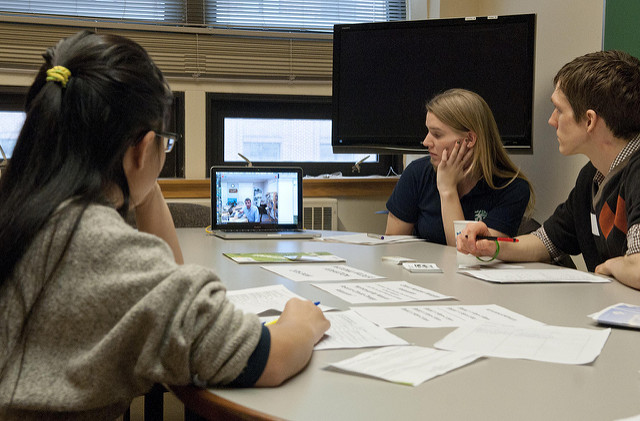 Your company is planning a diversity initiative to interest local students in STEM careers (STEM = Science, Technology, Engineering, and Math). The program is similar to a “Take a Kid to Work Day” event. Middle and high school students from the area will apply to learn about careers and will spend most of the day working one-on-one with employees like you to learn about what the career involves.
Your company is planning a diversity initiative to interest local students in STEM careers (STEM = Science, Technology, Engineering, and Math). The program is similar to a “Take a Kid to Work Day” event. Middle and high school students from the area will apply to learn about careers and will spend most of the day working one-on-one with employees like you to learn about what the career involves.
The students you will be working with will get to complete an activity that you would do during a normal work day. Your writing task is to create a instruction sheet that the students can follow to complete a simple task while shadowing you at work. Choose a task that you can explain in about 500 words or less, including any warnings or troubleshooting tips.
Your project should meet the following criteria:
- include the following sections:
- a short introduction/overview.
- a list of required materials.
- the at least five different steps to be completed (more than five is fine).
- troubleshooting tips.
- outline the steps necessary in full detail.
- list any safety notes or warnings.
- is illustrated with photos/screenshots.
- adjust the words and phrases for a non-technical audience.
- use clear, uncluttered layout and design.
Project Examples by Students
- None yet.
- Yours could be here!
The Project Assignment
Step 1: Decide on the activity you will focus on for your project.
Your focus will be to talk about a simple task that someone in your career field would complete. Try to limit yourself to topics with which you have some expertise (or at least some experience). Since middle and high school students will be following the instructions, choose something that they could believably complete and that will not place them in a dangerous situation.
Step 2: Do some feasibility research.
Make sure that the topic you have chosen will work for the project. Think about the following questions:
- Do you know how to complete the task OR are you confident you can learn it quickly?
- Do you have access to the materials needed to complete the task?
- Do you have or can you take photos to illustrate your instructions?
- Do you know someone who can test your instructions for you?
Step 3: xxx.
Write instructions that your reader can follow to complete a task. Your reader is someone who has never completed the task before and who is just learning about the task and your career field.
Step 4: Check your images, design, and layout.
Your instructions should be clear and uncluttered. The design and layout should make it easy for the students to understand what they need to do.
- xxx
- xxx
- Review the photos you have included to illustrate the steps of your instructions. Be sure that any images you include tie directly to the words on the page. They need to be integrated, not just random illustrations.
Step 5. Review your project for design and basic writing errors.
Everything you write should use accurate/appropriate image editing, grammar, spelling, punctuation, mechanics, linking, and formatting. These are important basic writing skills that you should have developed in high school.
Review your project, considering the layout and design of your project. Refer to the details listed in the Ten Ways to Improve Your Writing and the grammar and design Lynda.com videos included on that page.
Step 5: Submit your project in Canvas.
Upload your completed self-assessment and your project in Canvas.
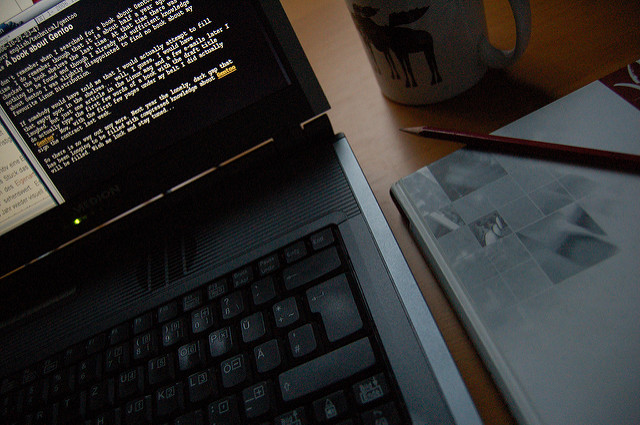 A rhetorical analysis is designed to train you to look closely, carefully, and critically at how and why texts (memos, reports, letters, proposals, instructions, pamphlets, etc.) are created in order to determine the overall effectiveness of a text in terms of fulfilling a purpose. These skills are essential training for you as professional and technical writers because they enable you to see a text in a variety of ways, evaluate the strengths, weaknesses, usefulness, credibility, and effectiveness of a document. An understanding of rhetorical strategies also allows you to make conscious choices in your own technical and professional communication.
A rhetorical analysis is designed to train you to look closely, carefully, and critically at how and why texts (memos, reports, letters, proposals, instructions, pamphlets, etc.) are created in order to determine the overall effectiveness of a text in terms of fulfilling a purpose. These skills are essential training for you as professional and technical writers because they enable you to see a text in a variety of ways, evaluate the strengths, weaknesses, usefulness, credibility, and effectiveness of a document. An understanding of rhetorical strategies also allows you to make conscious choices in your own technical and professional communication. In the workplace, trip reports document what happened during a trip. Some companies use the reports to show how the goals for the trip were met. Others use the reports to share what happened with the rest of the organization.
In the workplace, trip reports document what happened during a trip. Some companies use the reports to show how the goals for the trip were met. Others use the reports to share what happened with the rest of the organization. 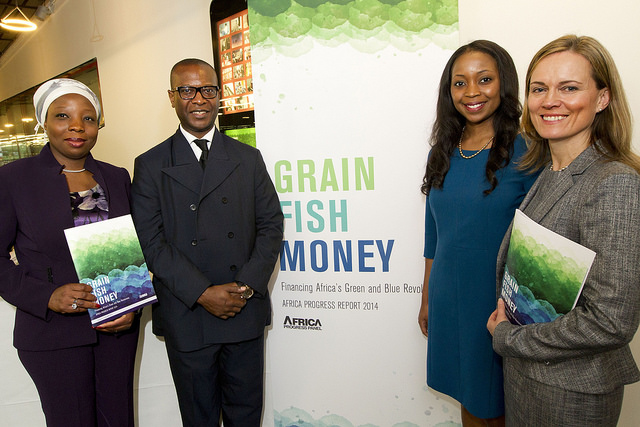 You will write a Progress Report that outlines the status of your
You will write a Progress Report that outlines the status of your  You will choose the kind of writing (or genre) that you will explore more deeply in your
You will choose the kind of writing (or genre) that you will explore more deeply in your 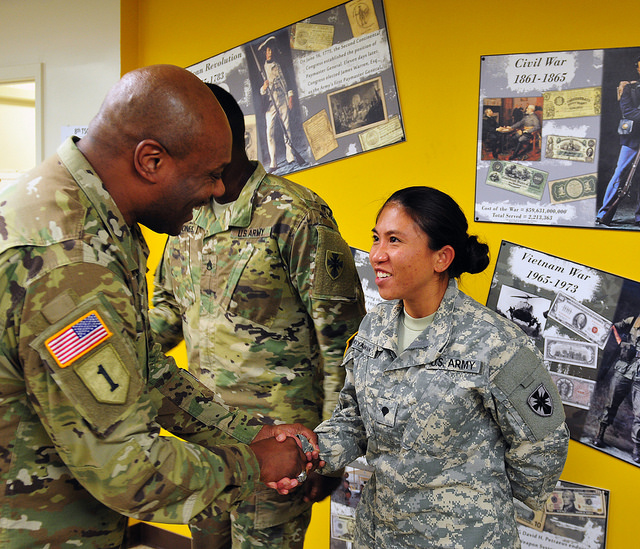 You will create a professional biographical statement that tells colleagues, clients, and the public about your background, your work, and your interests. A professional bio is often used as an introduction of a new employees or when an employee taking on new responsibilities (like a promotion).
You will create a professional biographical statement that tells colleagues, clients, and the public about your background, your work, and your interests. A professional bio is often used as an introduction of a new employees or when an employee taking on new responsibilities (like a promotion).  Write an analytical report that explains everything that goes into writing a specific kind of writing that you will do in your career. To find out how the kind of writing works, you will find online resources, interview people in the field, and analyze examples.
Write an analytical report that explains everything that goes into writing a specific kind of writing that you will do in your career. To find out how the kind of writing works, you will find online resources, interview people in the field, and analyze examples.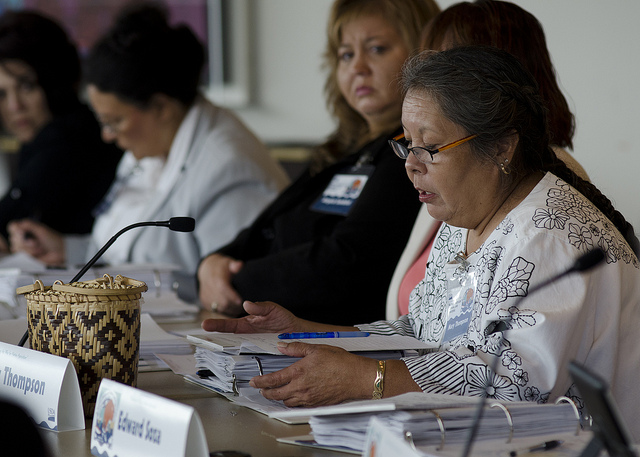 Create your project in your word processor. With examples and relevant formatting, your report will likely be close to 15 pages long, though there is not a minimum or maximum page length. Write as much as you need to, but be sure to include all of the required information.
Create your project in your word processor. With examples and relevant formatting, your report will likely be close to 15 pages long, though there is not a minimum or maximum page length. Write as much as you need to, but be sure to include all of the required information.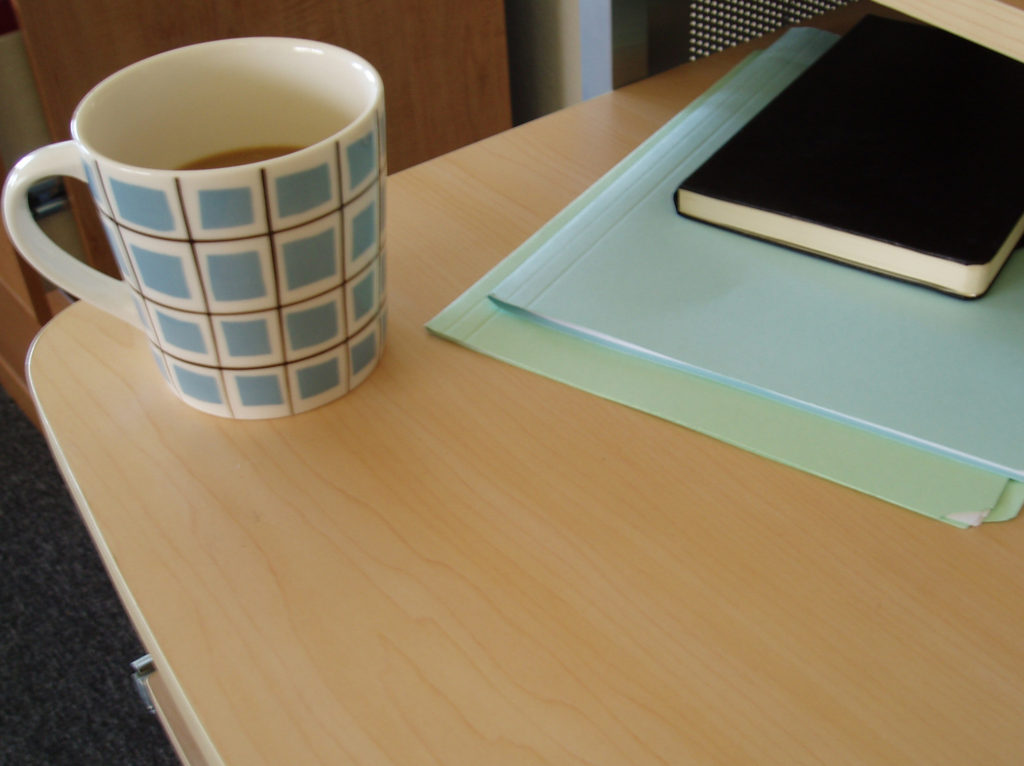
 A progress report tells stakeholders the status of a project. You might write a progress report at specifically decided points as you work on a project, such as the beginning, middle, and end of the work. In other cases, you might write a regularly scheduled progress report at the end of every week.
A progress report tells stakeholders the status of a project. You might write a progress report at specifically decided points as you work on a project, such as the beginning, middle, and end of the work. In other cases, you might write a regularly scheduled progress report at the end of every week. 